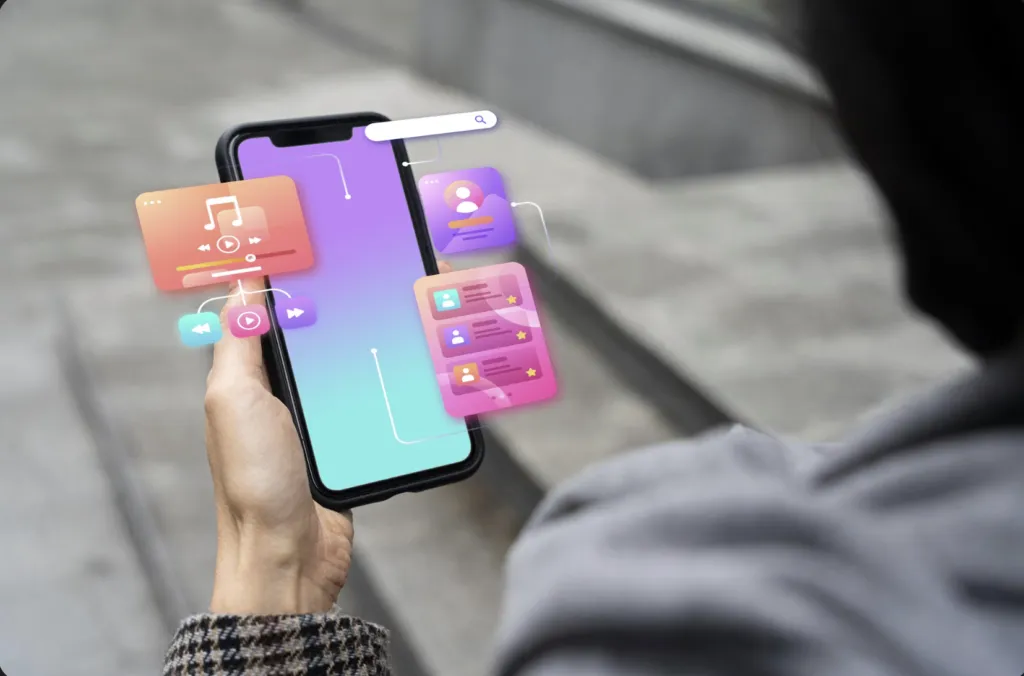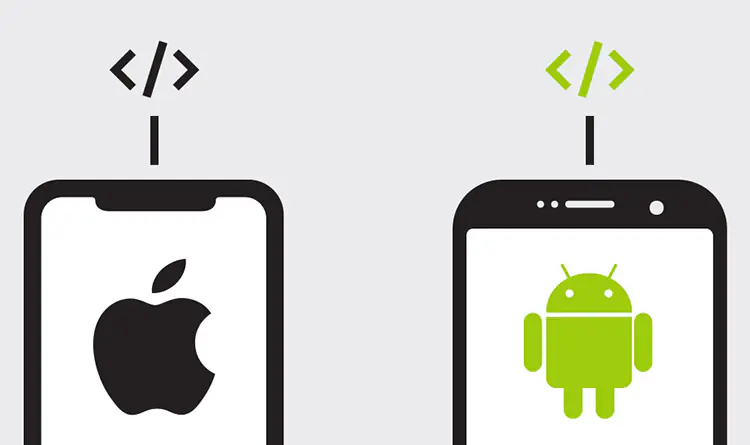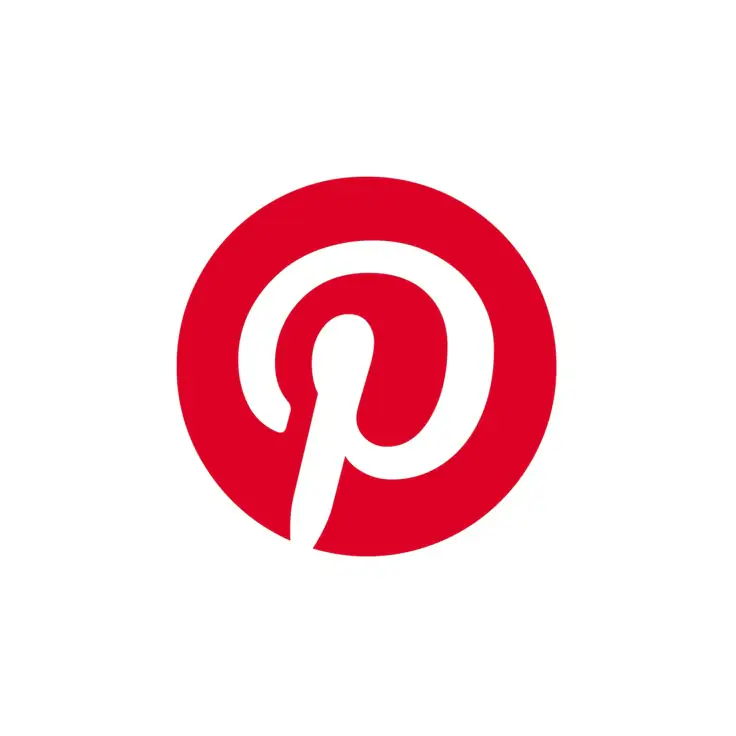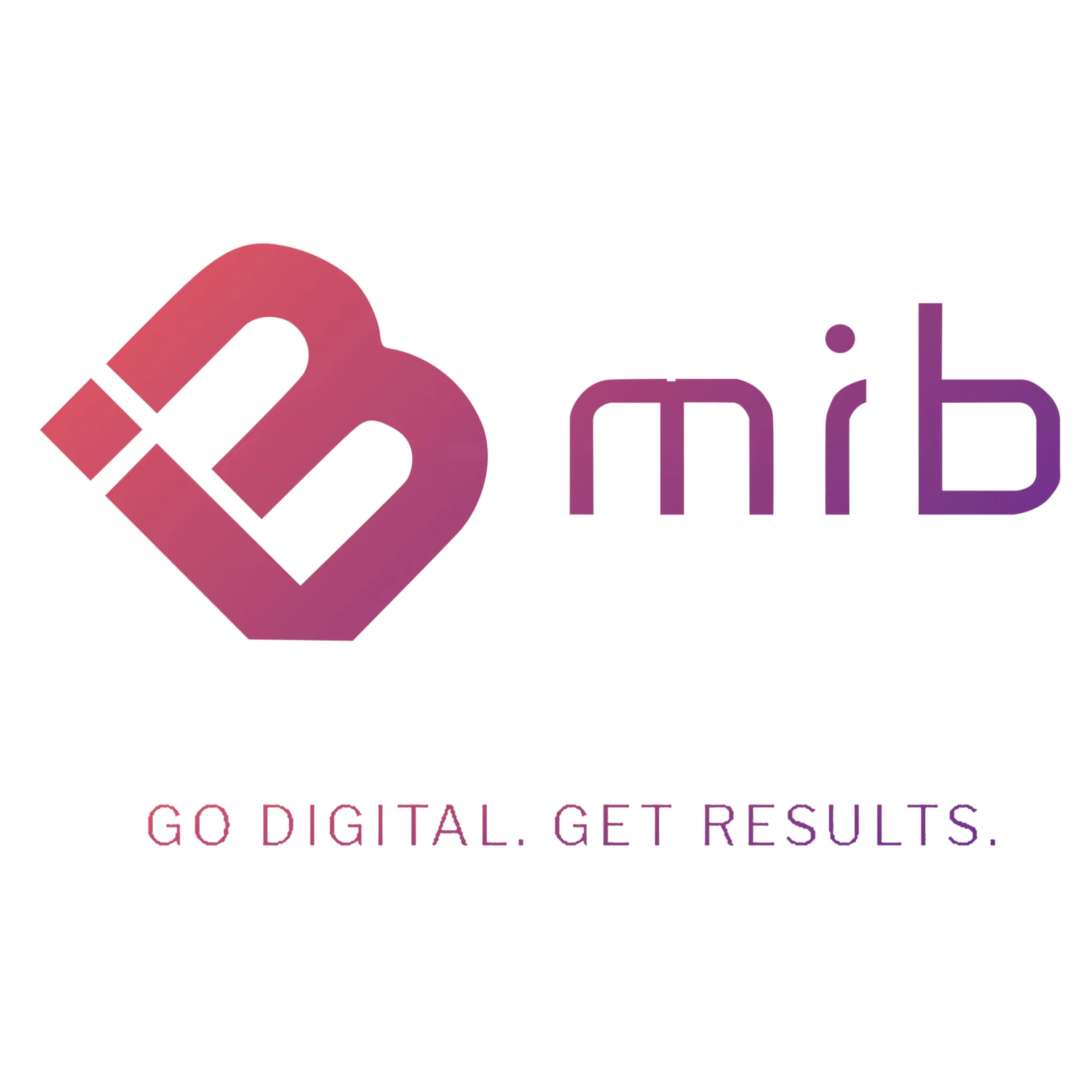In today’s mobile-first world, businesses face a critical decision: should they invest in a Progressive Web App (PWA) or go the traditional native mobile app route? With mobile usage accounting for over 60% of web traffic globally, this choice can significantly impact your business’s digital success, user engagement, and bottom line.
At MIB Promotions, we’ve helped businesses across Malaysia, Singapore, and Southeast Asia navigate this decision for over 12 years. Through our experience developing both PWAs and native applications, we’ve seen firsthand how the right choice can transform a business—and how the wrong one can waste valuable resources.

Progressive Web Apps represent the evolution of web technology, combining the best features of websites and mobile applications. PWAs use modern web capabilities to deliver app-like experiences directly through web browsers, without requiring users to download anything from app stores.
Key characteristics of PWAs include:
- Offline functionality through service workers
- Push notifications
- Home screen installation
- App-like navigation and interactions
- Responsive design across all devices
- Automatic updates without user intervention

Native Mobile Apps: The Traditional Powerhouse
Native mobile apps are built specifically for a particular operating system (iOS or Android) using platform-specific programming languages and tools. They’re downloaded from app stores and installed directly on users’ devices.
Native apps excel in:
- Performance optimization for specific platforms
- Full access to device hardware and features
- Seamless integration with operating system functions
- Superior user experience for complex applications
- Advanced security features
The Business Impact: Real-World Considerations
PWAs offer significant advantages:
- Single codebase serves all platforms
- Faster development cycles (typically 30-50% quicker)
- Lower maintenance costs
- No app store approval delays
- Immediate updates without user action
Native apps require more investment:
- Separate development for iOS and Android
- Longer development timelines
- Higher ongoing maintenance costs
- App store submission and approval processes
- User-dependent update adoption

User Experience and Performance
The gap between PWAs and native apps has narrowed dramatically. Modern PWAs can achieve near-native performance while offering unique advantages like instant loading and universal accessibility across devices.
However, native apps still lead in:
- Complex animations and graphics
- Intensive computational tasks
- Deep integration with device features
- Offline-first applications
- Gaming and multimedia experiences
Industry Success Stories
Starbucks saw a 2x increase in daily active users after launching their PWA, with 99.84% of users accessing it on mobile devices.
Pinterest experienced a 60% increase in core engagements and 44% more ad revenue after transitioning to a PWA approach.
Alibaba reported 76% higher conversions across browsers with their PWA implementation.
These results demonstrate PWAs’ potential for driving real business outcomes, particularly for e-commerce and content-driven platforms.







